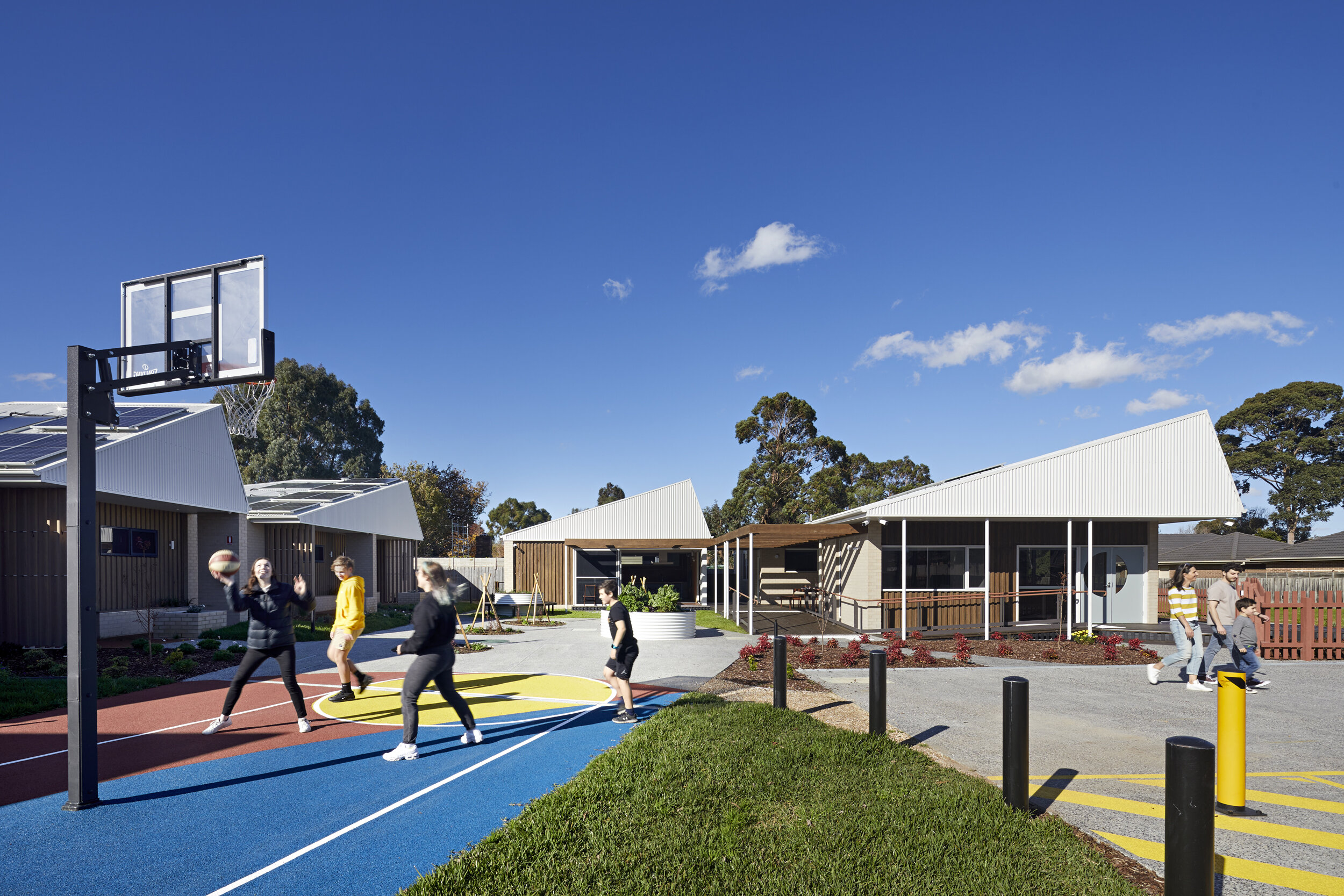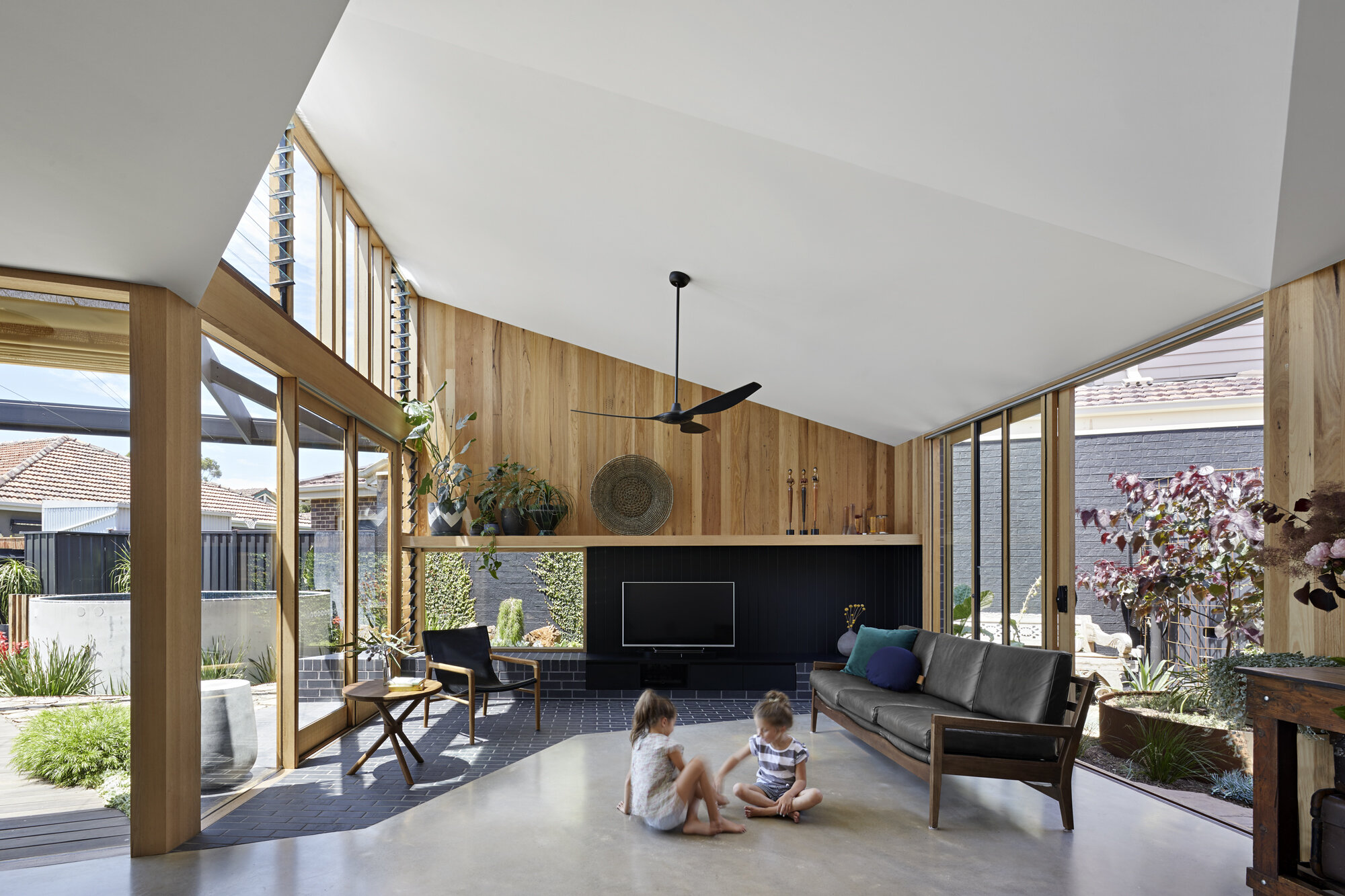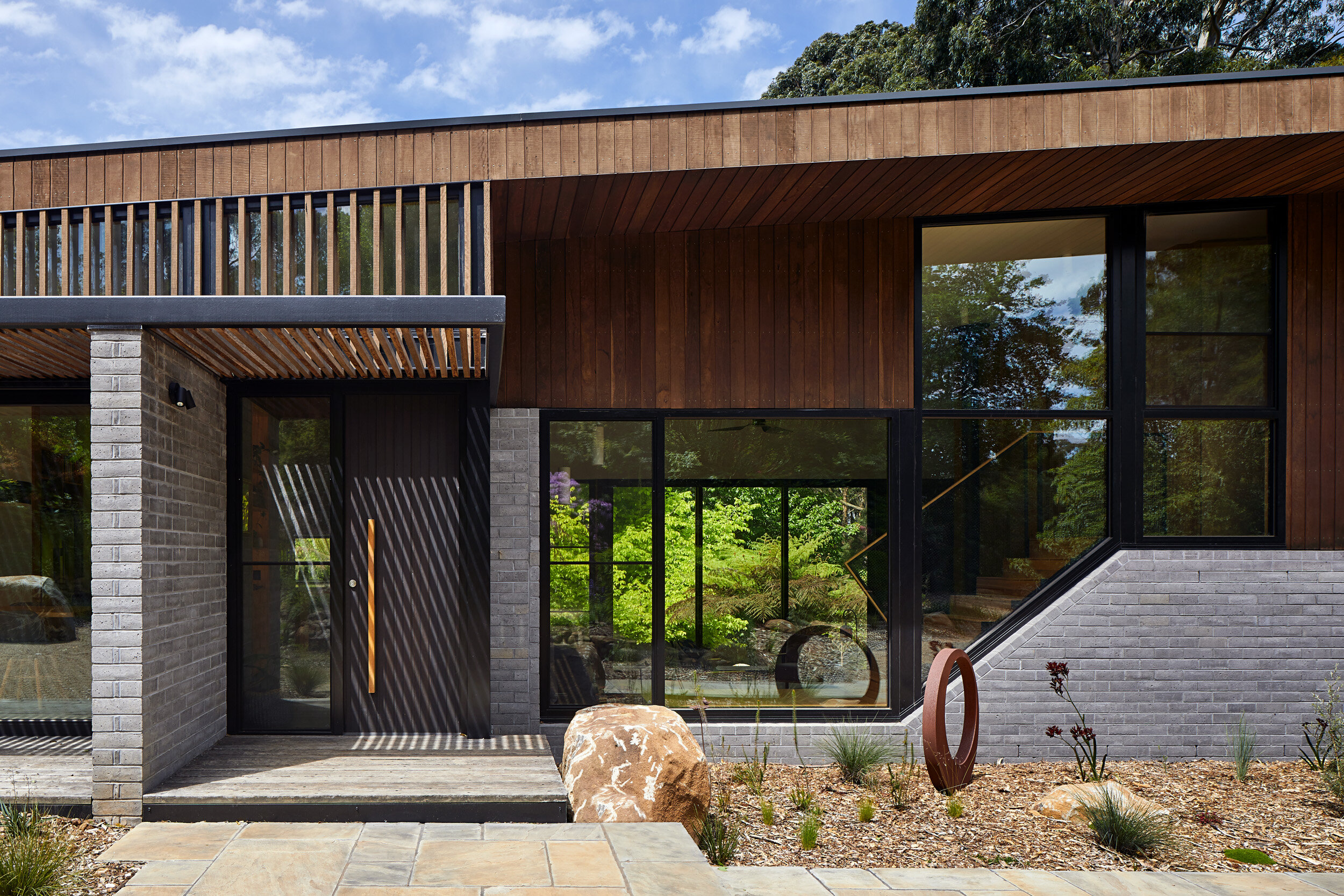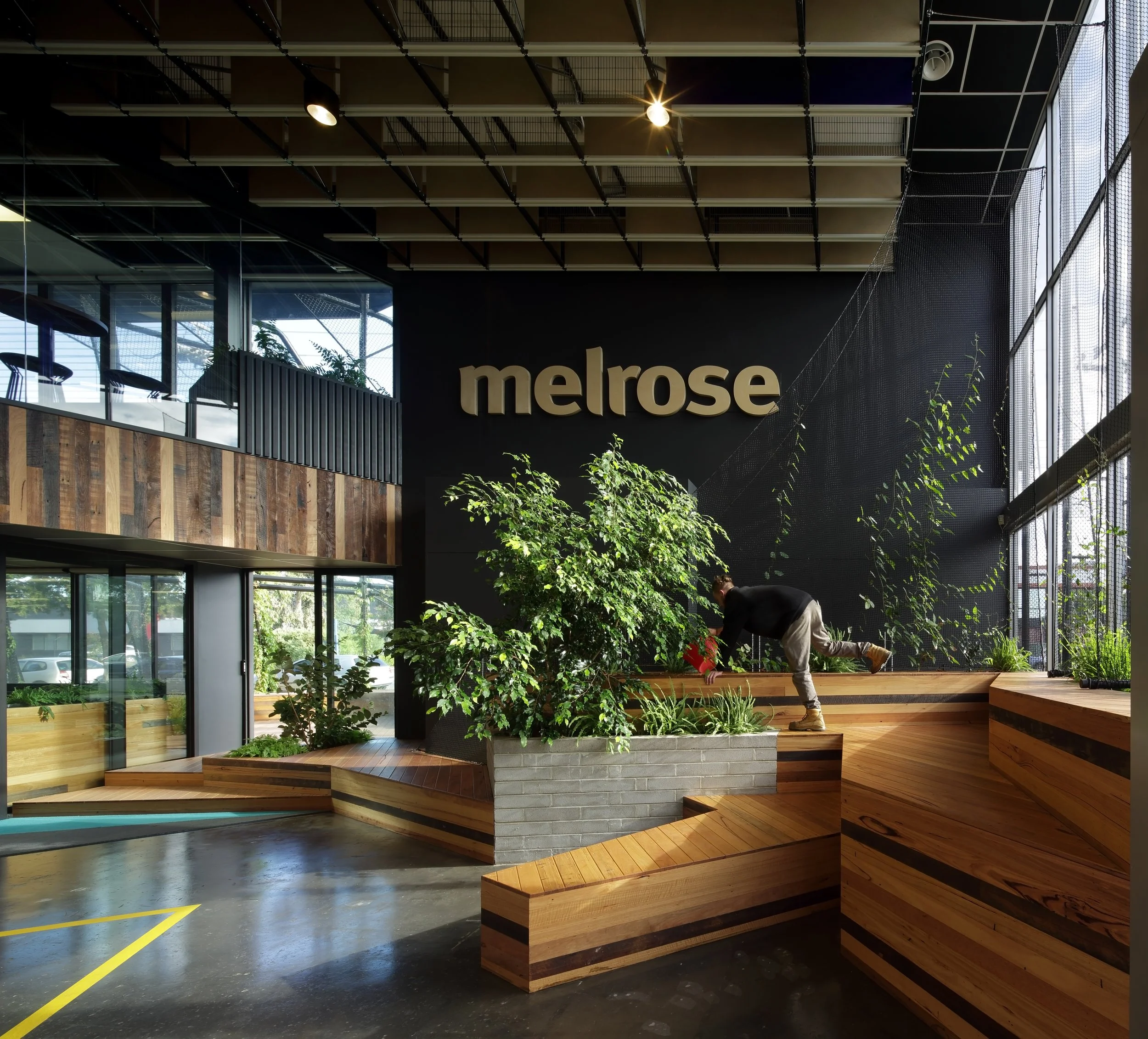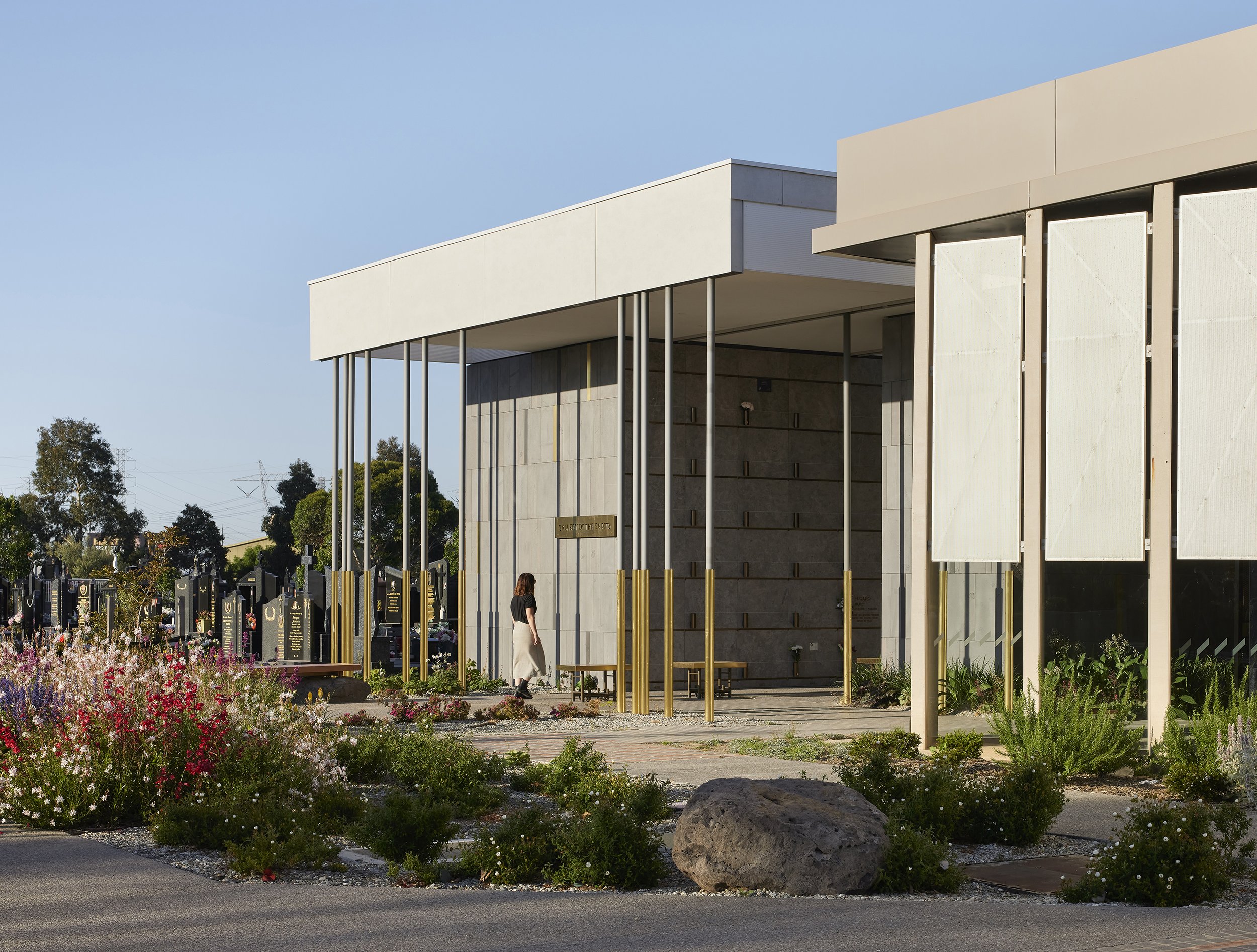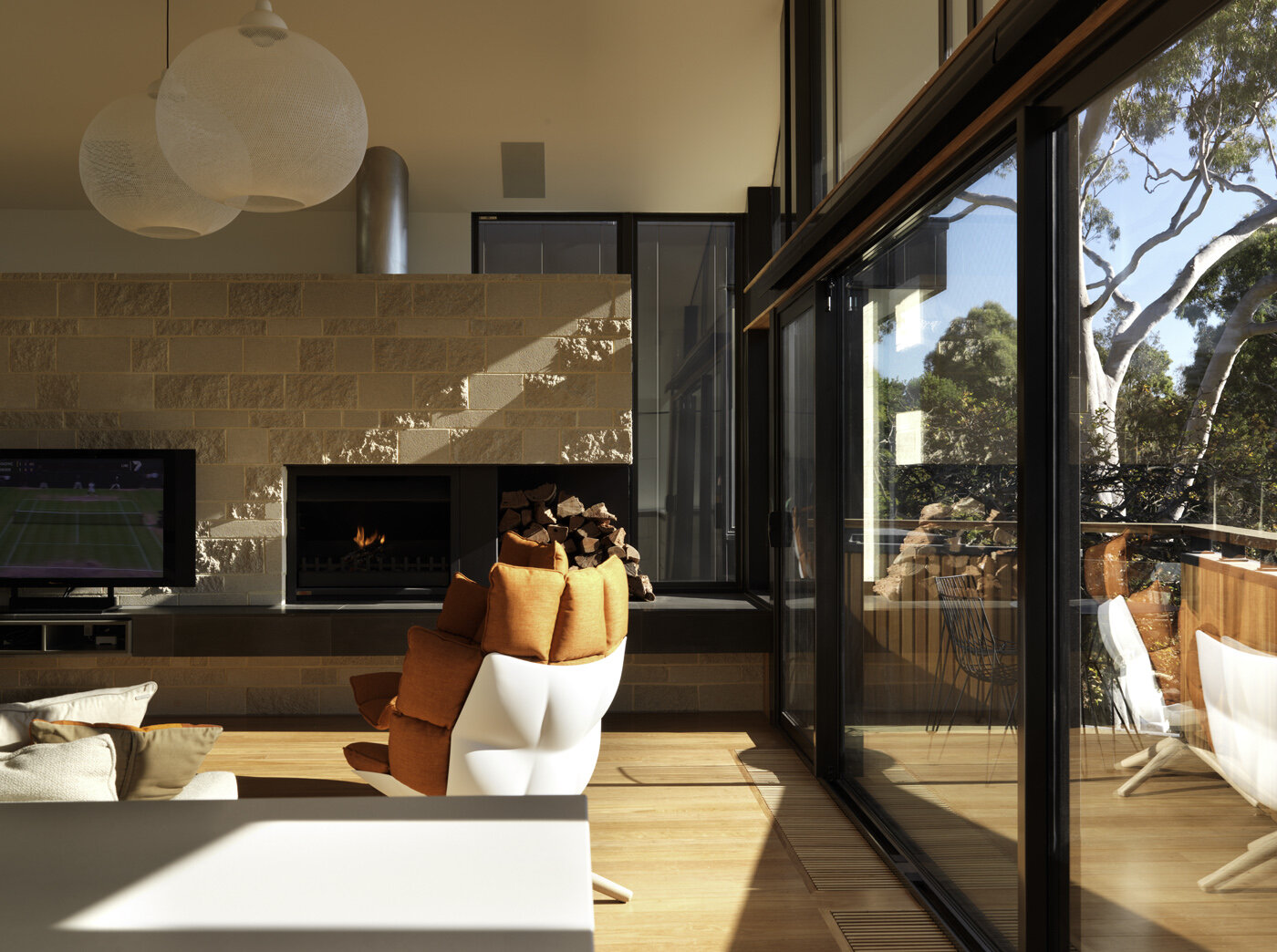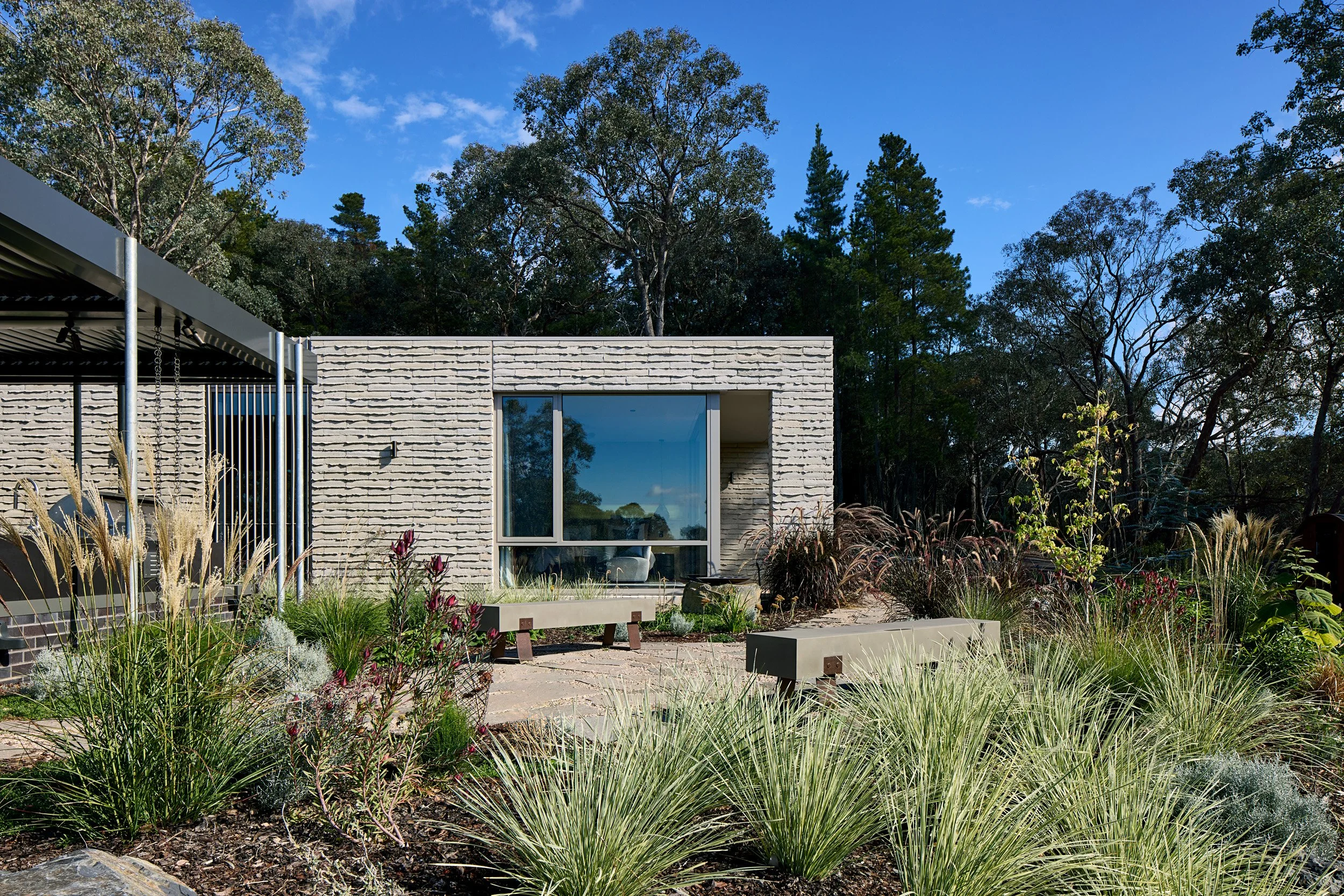With $5.4 billion budgeted and a target of 9300 new homes over the next four years set, Victoria's investment in social housing is welcome news and is an effective way to stimulate the economy and create lasting impact. To give you some context, over the past 15 years, Victoria has averaged around 830 new dwellings per year and we lag every other state in the country in terms of net spending on social housing per capita. So 9300 homes over fours years is massive. With such a substantial investment, how can we ensure this money buys the best possible outcomes for residents of social housing? How do we spend this money wisely?
Invest in good design
It's important to start with people-centred design approaches to ensure the best outcomes for social housing. By taking into account how people live in their homes and their unique needs rather than mere functional requirements like the number of bedrooms, there's an opportunity to offer a mix of housing types and options to provide more substantive help to people. Housing As If People Mattered is a resource we've turned to for inspiration and guidance for many years now. It provides insights into how design can consider the activities, needs and values of residents to create more livable and vibrant medium-density housing, as well as avoiding some of the mistakes of the past. Strategic planning to determine the best location for new developments is also key to ensure residents have easy access to public transport, shops and services as well as jobs and training opportunities. All of this boils down to good, consultative, empathetic design. Good design can ensure the factors which affect quality of life are incorporated into social housing projects. Factors like private outdoor space, access to natural light and ventilation and high-environmental standards can dramatically improve the quality of life for social housing residents without dramatically increasing overall costs. We should be confident that fast-tracking social housing doesn't result in poor design outcomes. This is an opportunity to seize; an opportunity to do better.
Plan for accessibility
Currently, 41 percent of households living in social housing include a person with a disability. Households with at least one person with disability are less likely than households without a person with disability to have a positive experience living in social housing including feeling more settled, enjoying better health and feeling like part of the local community. This indicates that our current social housing stock doesn't adequately cater for the differing needs of those with a disability.
The potential for ageing-in-place can also be improved by designing accessible housing, reducing or eliminating the need for retrofits and modifications in the future. We know that needing to move negatively affects the mental health of social housing residents, so designing homes where people can age-in-place safely will prevent this disruptive and distressing process. This is especially crucial as our population ages. In 2017, 15% of Australia's population was aged over 65, representing 3.8 million people. In the next 20 years, this proportion is expected to grow to 20% which, along with population growth, will represent 6.4 million Australians. By planning our social housing for maximum accessibility, using standards like the Livable Housing Australia (LHA) Design Guidelines, we can ensure that our investment in social housing will benefit all. All new social housing should be built to a minimum LHA Gold Standard and we should also build a proportion of homes to a Platinum standard.
Build for comfort and health
Thermal comfort is an important consideration in the design of all housing, but is particularly crucial with social housing to ensure residents remain comfortable and healthy and reduce their reliance on costly auxiliary heating and cooling. Indoor air temperatures below 18 degrees can cause respiratory and cardiovascular problems, while high indoor temperatures can cause heat-related illnesses and increase cardiovascular mortality. As we face more extreme weather conditions as a result of climate change, passive solar orientation is the foundation for a home that is comfortable year-round. This means ensuring homes face the sun and have adequate shading, openable windows, insulation and thermal mass to stay cooler in summer and warmer in winter. Good passive solar design is cost-effective to implement and improves residents' wellbeing while also reducing ongoing energy costs.
Poor indoor air quality including mould and condensation issues as well as Volatile Organic Compounds (VOCs) can increase the instances of disease, harm respiratory and cardiovascular health and cause allergic and irritant reactions, such as asthma. It's therefore important to think about indoor air quality, design to prevent mould and condensation problems and use low VOC paints and products to reduce the potential harm.
Integrate landscaping
From reducing surrounding temperatures, minimising storm water runoff and creating habitat for birds, animals and insects, landscaping has loads of benefits and that's not even scratching the surface of the physiological and psychological benefits landscaping can provide for residents. We always integrate landscape and architecture because the two should go hand-in-hand. When planned from the beginning, a comprehensive landscaping plan can bring added amenity to residents including providing community gardens, giving residents the opportunity to personalise their homes by tending to a front garden and improve the overall aesthetics of a project. Let's keep in mind that greenery is an essential part of any project and can bring numerous benefits to residents of social housing.







